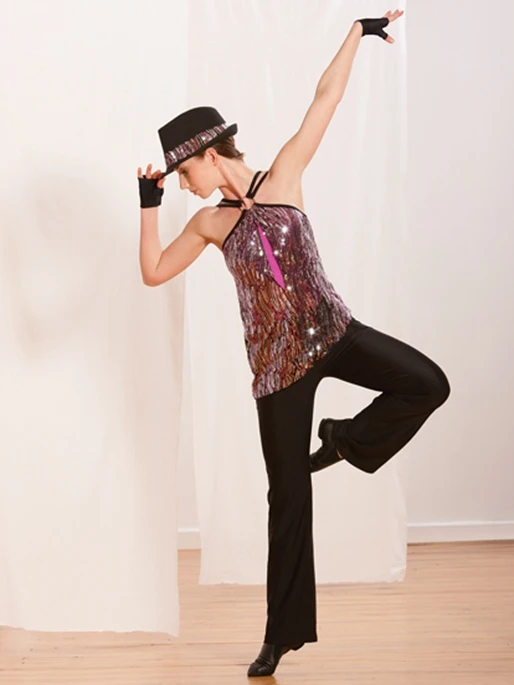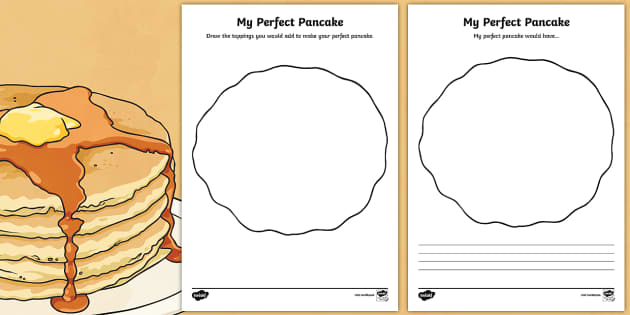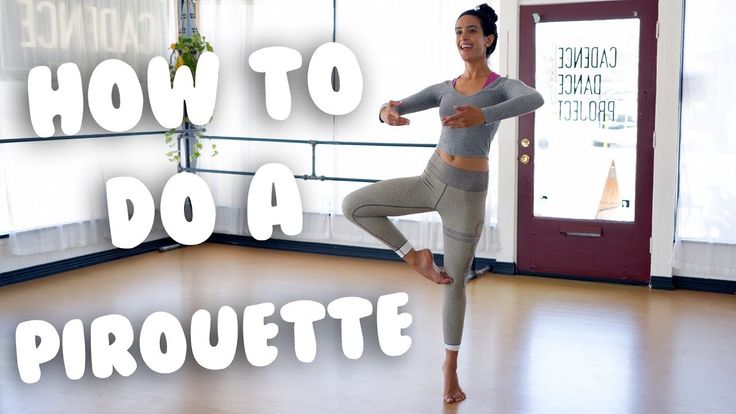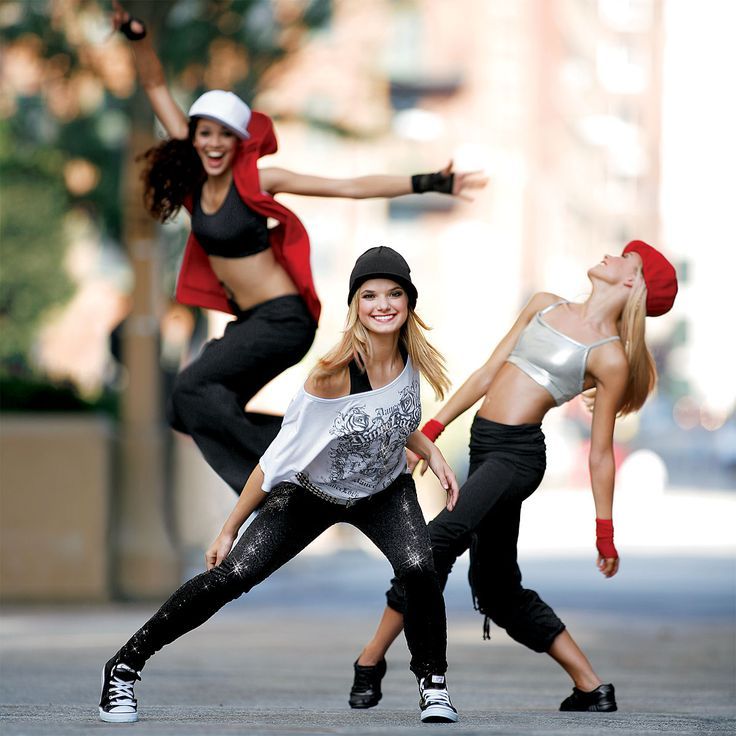How to clean jazz dance shoes
How To Clean Your Dance Stuff Like A Pro
“How do I clean my ____?”
It’s no secret that dance isn’t always glamorous but your dance stuff doesn’t need to be the dead giveaway. Because dance gear doesn’t always come with instructions for proper care, we’ve gathered tips and advice on cleaning practically everything dance-related. Now you can leave the “Dirty Dancing” to Patrick and Jennifer with these tips for making shoes, dancewear, costumes, floors, and more look good as new.
Cleaning Dance Shoes
We’ve already covered basic dance shoe care, including storage and repair but if your shoes could use some sprucing up, here are some detailed cleaning tips:
Leather Ballet Slippers
Leather ballet slippers can easily be spot cleaned. Sometimes just a soft, damp cloth will do.
For a deeper cleaning, use a mild detergent or dish soap. There are two ways to do this: 1) rub a drop of detergent onto the soiled shoe and then wipe it clean with a soft, dry cloth or toothbrush or 2) add a few drops of detergent into a cup of water and mix until sudsy, then apply to shoe with a soft cloth.
Leather cleaner can also be used but be sure to apply a conditioner to keep the leather supple. Other commonly-used methods include using melamine foam (more popularly known as a Mr. Clean eraser), or Windex (sprayed onto a paper towel or cloth, not directly on the shoes) to clean your leather slippers.
Leather ballet slippers should NOT be cleaned in the washing machine. If your shoes are beyond spot cleaning, you can hand-wash them with a bit of mild detergent. It’s a good idea to wear the slippers while damp to allow them to mold to your foot.
“ballet shoes” by Allie Holzman is licensed CC BY-ND 2.0
Keep in mind that water can make leather brittle so any method involving water should be used as little as possible clean your ballet slippers.
Canvas Ballet Slippers
Canvas ballet slippers can be cleaned in the washing machine. It’s best to wash them as you might other delicates: put them in a small lingerie bag and wash on cold, delicate cycle with a mild detergent. Don’t use fabric softener or bleach products.
It’s best to wash them as you might other delicates: put them in a small lingerie bag and wash on cold, delicate cycle with a mild detergent. Don’t use fabric softener or bleach products.
DO NOT tumble your canvas ballet shoes in the dryer. Reshape them and lay them out on a towel to dry.
Washing canvas ballet slippers with this method may remove most dirt and grime but does not always restore the lovely pink or blush color of your shoes. For performance, many dancers dab either a matching foundation makeup or calamine lotion (which has a pink color) onto canvas slippers with a soft cloth, makeup sponge, or cotton ball to make them look like new on stage.
Pointe Shoes
What do the Wicked Witch of the West and pointe shoes have in common? Both can be destroyed by water. What a world, indeed!
Because of this fact and the generally short lifespan of a pointe shoe, most dancers just conceal dirty spots with foundation or calamine lotion before a performance.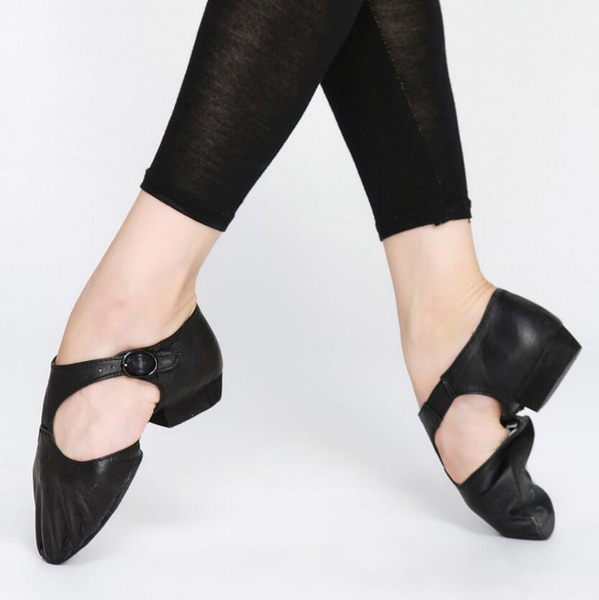 Students who do not go through shoes as quickly, may prefer to keep their pointe shoes clean and shiny by using pointe shoe covers during class.
Students who do not go through shoes as quickly, may prefer to keep their pointe shoes clean and shiny by using pointe shoe covers during class.
All cleaning methods will dull the shine of pointe shoes but if that’s not a concern for you, there are a couple of ways to clean the satin. You may use dish detergent mixed into a small amount of water to spot clean a pointe shoe. Just be very careful not to saturate the shoe or you will risk breaking down the glue needed to help support the foot en pointe.
Another recommended cleaner is baking soda. Mix it with a bit of water until it forms a thick paste. Apply a small amount of the paste to spots and stains with a soft cloth or toothbrush and gently rub into the fabric with a circular motion. Allow the paste to dry overnight and wipe away the now chalky paste with a warm, damp (not wet) towel or washcloth – use a clean part of the towel for each spot to get all the chalky substance off the shoe. This will fade if not remove any marks on the pointe shoe but it will also dull the shine.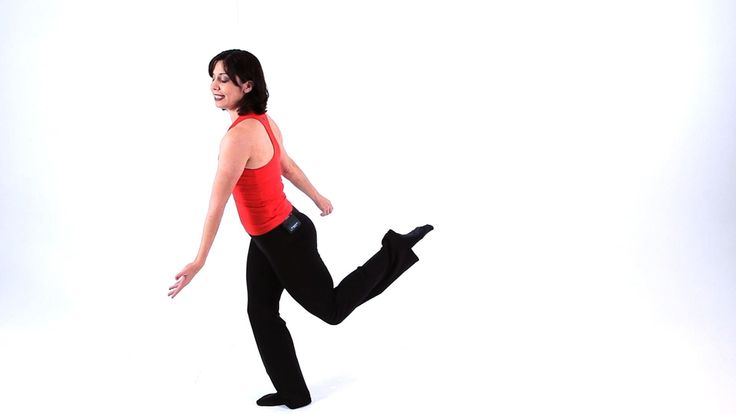
“new pair of pointes” by mararie is licensed CC BY-SA 2.0
Tap/Jazz Shoe Scuff Marks
Surface grime and unsightly scuff marks can sometimes be removed from leather tap or jazz shoes by using baby wipes but most people swear by melamine foam for getting rid of marks from tap shoes and jazz shoes of any color. For stubborn scuffs, some apply pure acetone (nail polish remover) with a soft cloth, cotton ball, or Q-tip. Be sure not to rub too hard when using these methods as it’s possible to rub color from the shoe.
After cleaning the scuff, restore the shoe’s shine with a bit of petroleum jelly (Vaseline) or a matching shoe polish.
As with leather ballet slippers, matching foundation can be applied to tan leather tap or jazz shoes to temporarily improve their look for performance.
Because cleaning jazz shoes in the washing machine isn’t an option, shoes can get pretty stinky over time. You can find some odor-eliminating options at getsmellout.com (Remember, use the sprays recommended via the link only on the inside of the shoe. Also, leaving shoes in the sun to dry can damage the color – try using a blow dryer on cool to dry instead.)
You can find some odor-eliminating options at getsmellout.com (Remember, use the sprays recommended via the link only on the inside of the shoe. Also, leaving shoes in the sun to dry can damage the color – try using a blow dryer on cool to dry instead.)
Cleaning Dancewear
Yes, almost all dancewear for class like leotards and tights can be thrown in the wash. These items will last much longer if they are washed in cold water and a mild detergent without bleach (don’t use fabric softener) on the hand-wash or delicate cycle. Putting them in a lingerie bag provides further protection from snags and from getting stretched out of shape.
I know for time’s sake, some dancers tumble dry their leotards on low heat. If you want your dancewear to last, though, it is best to lay it out to dry because heat gradually ruins the elasticity of stretch fabrics.
Greying Tights
If you or your kids have been dancing for a while, you know how quickly pink tights start to look grungy and grey, especially around the heels and toes.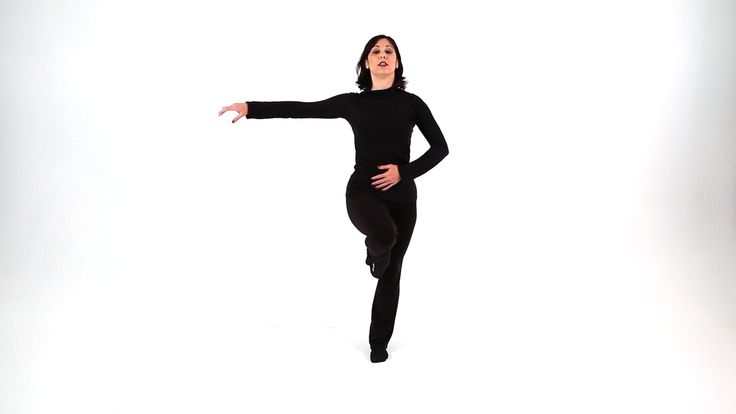 According to one blogging dance mom, the absolute best way to wash dirty tights is with a bar of Dove soap. Scrub the soap directly into the stains – really lather them up. Then, rinse them thoroughly with cool water and hang to dry. Apparently, this method is no match even for red lipstick!
According to one blogging dance mom, the absolute best way to wash dirty tights is with a bar of Dove soap. Scrub the soap directly into the stains – really lather them up. Then, rinse them thoroughly with cool water and hang to dry. Apparently, this method is no match even for red lipstick!
Cleaning Costumes
Costumes made from durable fabrics like cotton/polyester blends, polyester, nylon, etc. can usually withstand machine washing and low-heat tumble drying unless they are trimmed or embellished with sequins or stones. If they are, handwash them.
Handwash anything made from delicate fabrics like lycra, spandex, tulle, cotton, linen, or knits. Hang-dry delicates or lay them flat if they contain stretch fabrics. Make any need repairs to costumes prior to washing them so there is no further damage.
Use a reputable dry cleaner for anything made of fabrics like wool, leather, chiffon, velvet, rayon, or satin.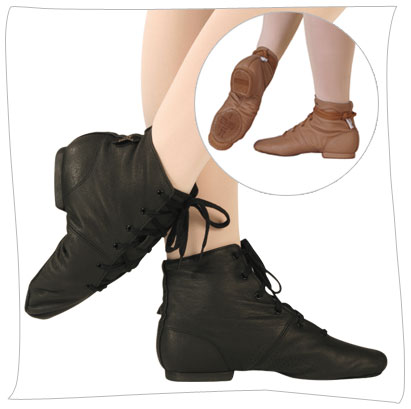 Keep in mind, however, it’s not recommended that you dry-clean costumes with stone or sequins embellishments. In fact, it’s best to spot-clean whenever you can as fabrics are damaged over time by harsh dry-cleaning chemicals.
Keep in mind, however, it’s not recommended that you dry-clean costumes with stone or sequins embellishments. In fact, it’s best to spot-clean whenever you can as fabrics are damaged over time by harsh dry-cleaning chemicals.
Some costumes with heavy embroidery should never be washed. Dancers should wear leotards, tights, or other undergarments if possible to reduce the amount of perspiration on the fabric. You can eliminate odor with sprays (make sure you test them on an inconspicuous spot first). The wardrobe departments of many dance companies will hand wash only the panty area of a ballet bodice and use fabric-refresher sprays on the armpits or anywhere the bodice touches the dancer’s skin. A 50/50 dilution of alcohol and water can kill bacteria and odor without damaging the garment.
Wrinkles aren’t really part of cleaning but they do come as a result of it sometimes. To iron wrinkled costumes, turn them inside out and use a cool setting with a towel between the iron and fabric. Steam anything that is too delicate for ironing like tutus. Many dancers rely on hot shower steam to get the wrinkles from their costumes.
Steam anything that is too delicate for ironing like tutus. Many dancers rely on hot shower steam to get the wrinkles from their costumes.
Cleaning Marley Floors
Poly-vinyl-chloride (PVC), or marley flooring is often used in dance studios and for performance. Typically manufacturers supply very detailed instruction on the proper care and maintenance of these floors. If you want the floor to last, follow their instructions! The main points to remember for cleanliness and your dancers’ safety are as follows:
- Keep street shoes off the dance floor — they bring in abrasive dirt and grime. Better still, have dancers wait to put on their shoes until they are in the studio to avoid bringing in debris from the lobby, dressing rooms, etc.
- Dry mop or sweep the floor daily using a clean mop/broom. (Do not use anything that is oil-treated.)
- Do not use household cleaners and avoid cleaners with acetone, alcohol, ammonia, or bleach.
- Use a neutral pH cleaner only and, for very dirty floors, a degreaser.

- Humidity makes the floor slippery. If this is a problem, use a dehumidifier overnight.
- Deep clean your floor bi-monthly or quarterly (depending on your studio traffic). A commercial wet-vac or automatic scrubber is often recommended.
Scuff Marks
There are different kinds of scuff marks – rubber, metal, leather – when soles begin to disintegrate, they leave behind residue on your dance floor. Even dye from a shoe can leave a mark on your Marley floor that is tough to get rid of. The key to successfully removing all scuffs is to get to these marks as fast as possible. Therefore, your best defense may be a routine daily cleaning schedule so that problems are spotted right away.
There are products sold by dance floor manufacturers specifically for removing scuff marks from vinyl. Yes, they are expensive but keep some on hand for times when stubborn scuffs don’t come up with regular cleaning.
If tap dancers use your floor, have artificial chamois cloths handy to use on your dry mop (or swiffer).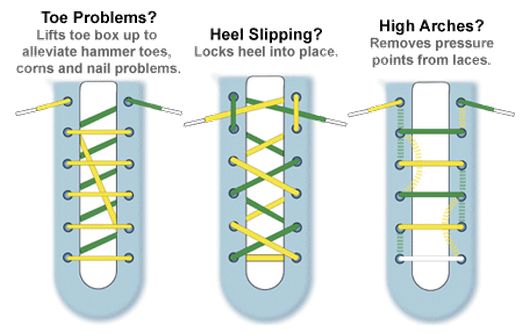 Lower-quality, aluminum compound taps break down and the shards stick to your Marley floor. The artificial chamois will help to clear this residue. A wet/dry shop vac may also be used.
Lower-quality, aluminum compound taps break down and the shards stick to your Marley floor. The artificial chamois will help to clear this residue. A wet/dry shop vac may also be used.
Cleaning Mirrors
Glassless Mirrors
Many studios now use glassless mirrors because they are shatterfproof. To clean glassless mirror, first remove dust and debris from the surface of the mirror with dry compressed air. Finger marks or splashes can be wiped gently with window cleaner and a soft, non‐abrasive cloth (100% cotton or micro-fiber will do). Do not use paper towels and do not scrub the mirror surface in a circular motion.
Glass Mirrors
It’s no longer true that newspaper is the best way to clean glass mirrors because the inks used on newspaper have changed over the years. And, I’m sure you know paper towels are not the way to go unless you like all that lint left behind.
So what is the best method?
- First, use rubbing alcohol on a cotton pad to spot-clean any sticky spots on the mirror like hairspray, or whatever was on your preschool students’ fingers before they came to class.
- Next, mist vinegar and water or your favorite glass cleaner onto the surface of the mirror.
- Then, use a folded flat weave microfiber cloth (it’s all about using the right tools) to wipe the mirror in a zig-zag pattern (sweep from left, down a little, go back from right, repeat) so that you don’t miss any of the mirror’s surface.
- Use a dry part of the cloth and repeat this process on each section or panel of the mirror.
Mixed Materials
What about things made of a variety of materials? We recently received an email about how to clean spilled milkshake from a dance sneaker for example!
Our best advice for this kind of dance gear, whether you wear it, carry it, or stuff it in your dance bag, is to research the list of materials of which product is made. Online stores or the manufacturer’s website will often give a basic list in the description if you look carefully. In the case of the milkshake debacle, the sneakers are made of mesh, leather, and other materials, each of which needs to be cleaned in a slightly different way. Just throwing them in the wash and hoping for the best is a great way of ruining an expensive pair of shoes. In cases like this, Google is definitely your friend.
Online stores or the manufacturer’s website will often give a basic list in the description if you look carefully. In the case of the milkshake debacle, the sneakers are made of mesh, leather, and other materials, each of which needs to be cleaned in a slightly different way. Just throwing them in the wash and hoping for the best is a great way of ruining an expensive pair of shoes. In cases like this, Google is definitely your friend.
How about cleaning dances? 😉
Ha ha! We thought about adding that to this already long post but it really deserves its own feature.
As for the cleaning tips and advice we have included, we’ve done our best to compile information from experience and trusted sources but, as always, the information offered is for educational purposes only. This includes anything readers place in the comment section. We can’t be held responsible for any outcome of what you, the reader, decide to do with the information presented here.
What are YOUR best cleaning tips and tricks? We’d love to hear about them in the comments!
Kindly follow, like or share:
Nichelle Suzanne (owner/editor)
Nichelle Suzanne is a writer specializing in dance and online content.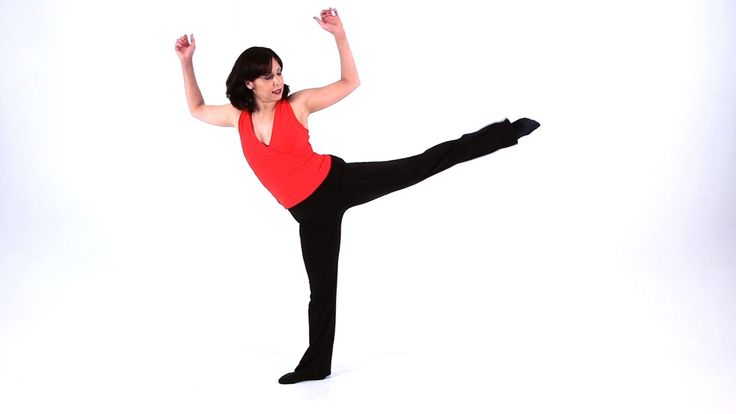 She is also a dance instructor with over 20 years experience teaching in dance studios, community programs, and colleges. She began Dance Advantage in 2008, equipped with a passion for movement education and an intuitive sense that a blog could bring dancers together. As a Houston-based dance writer, Nichelle covers dance performance for Dance Source Houston, Arts+Culture Texas, and other publications. She is a leader in social media within the dance community and has presented on blogging for dance organizations, including Dance/USA. Nichelle provides web consulting and writing services for dancers, dance schools and studios, and those beyond the dance world. Read Nichelle’s posts.
She is also a dance instructor with over 20 years experience teaching in dance studios, community programs, and colleges. She began Dance Advantage in 2008, equipped with a passion for movement education and an intuitive sense that a blog could bring dancers together. As a Houston-based dance writer, Nichelle covers dance performance for Dance Source Houston, Arts+Culture Texas, and other publications. She is a leader in social media within the dance community and has presented on blogging for dance organizations, including Dance/USA. Nichelle provides web consulting and writing services for dancers, dance schools and studios, and those beyond the dance world. Read Nichelle’s posts.
danceadvantage.net
Can You Wash Jazz Shoes? Effectively & Safely Methods!
Even though you don’t wear them outdoor, jazz shoes accumulate a lot of dust and grime on the dance floor. Cleaning them is not a big deal, given their small size. However, many people clean jazz shoes improperly, which leads them to premature deterioration.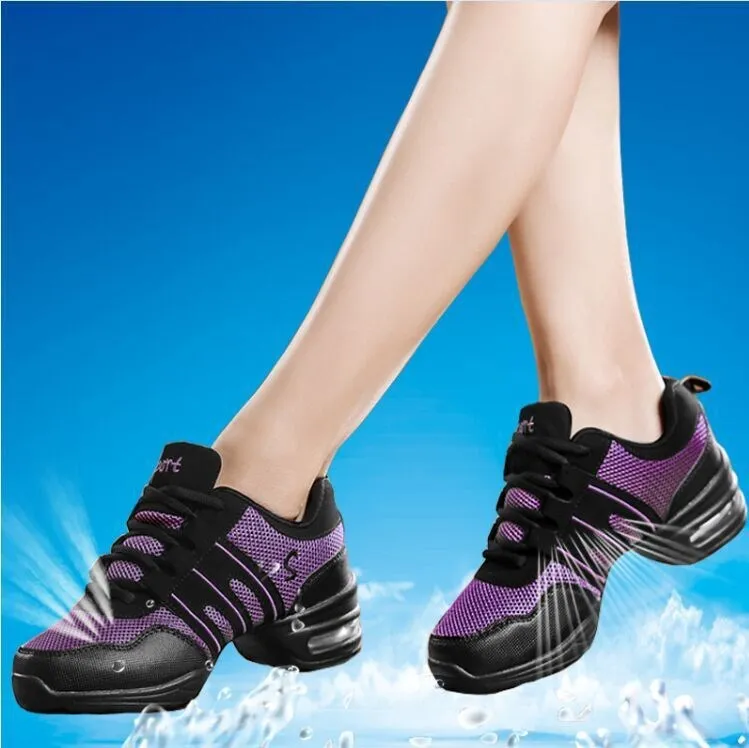 Here is an article explaining how can you wash jazz shoes effectively and safely.
Here is an article explaining how can you wash jazz shoes effectively and safely.
Table of Contents
Can you wash jazz shoes?
Jazz shoes are primarily made of leather, which makes them intolerant to water. Otherwise said, machine-washing jazz shoes is not a good idea. Hot water and tumbling shrink the leather and remove its color. Even using cold water and gentle wash cycle can deteriorate the delicate ballet shoes.
No matter how stained the shoes are, keep yourself from immersing them in water. It may remove the stain, but it will damage the material. Luckily, there are many cleaning alternatives you can use instead to prevent the prolonged contact of jazz shoes with water.
Baby Wipes
Cleaning your ballet footwear with baby wipes is safe and effective. Take a baby wipe and gently rub the dirty shoe to remove dust and superficial stains. Wipe down the sole as well, as it is also a hub of dirt. Switch to a new baby wipe as soon as the one you clean with gets messy. You are expected to need more wipes during a clean. So arm yourself with a full pack of baby wipes.
You are expected to need more wipes during a clean. So arm yourself with a full pack of baby wipes.
Once you bring your shoes to impeccable condition, let them air dry for an hour or so. Avoid exposing them to direct sunlight, as it can shrink them. OurPastimes prevents you from putting leather ballet shoes in the dryer due to the same risk. The disadvantage of baby wipes is that they deal only with loose dirt and superficial stains. They prove ineffective at fighting tough stains, so you will have to use other products.
Leather Cleaner
You can use a leather cleaner to chase dirt away from your jazz shoes. It proves a pretty good weapon against both superficial stains and stubborn ones. For stubborn stains, massage the leather cleaner into the shoe with slightly more vigor. Use persistent circular motions to make sure the spot has come fully off. Leather cleaner doesn’t damage the ballet shoes, except it can make them too dry. To solve this issue, use some olive oil to bring the luster back on your ballet footwear.
Mild Detergent
Use detergent to remove the toughest stains on your jazz shoes. Apply a drop of any ordinary mild detergent on the stain and start wiping with a clean microfiber cloth. Wipe persistently until the spot gives up. If you find this more convenient, you can dip the cloth in soapy water, then proceed with the wipe job.
Try to stick only to mild detergents, as those containing harsher chemicals are going to make the leather feel unwell. One clean with a harsh soap will not lead to catastrophic consequences. But, if you keep doing the same over and over, your leather shoes will have to suffer, becoming brittle, cracked, pale and discolored.
Melamine foam
Those from MoreThanDancers recommend using melamine foam, given its great compatibility with leather. It is smooth to touch, meaning treated surface is safe from scratches. At the same time, it performs excellently at removing stuck-on dirt and tough stains. All you need to do is to just dip the melamine foam-based sponge in cold or warm water and wipe down the jazz shoes.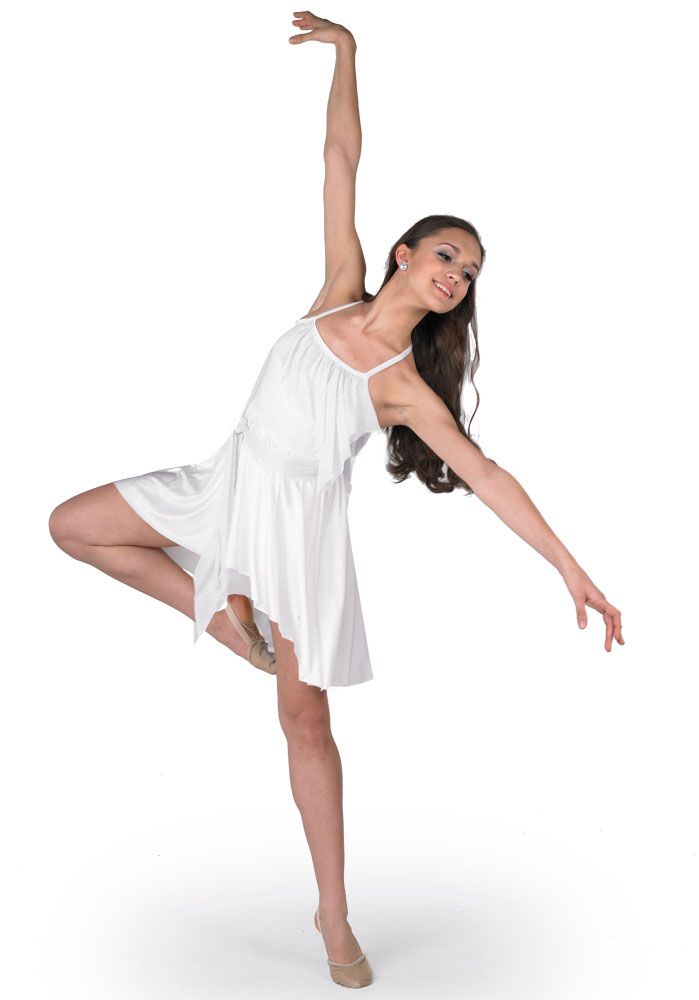 You will get a stunning eraser effect, removing stains in a couple of gentle wipes.
You will get a stunning eraser effect, removing stains in a couple of gentle wipes.
Most of the time, getting the melamine foam damp is enough to force the spots out. However, if the stain is extremely stubborn, be sure to dip the sponge in a solution of water and detergent. The detergent will add to the cleaning power, of the damp foam helping you remove the spot in no time.
How to remove jazz shoes odor?
Odors find jazz shoes a great place to settle in. While all ballet dancers’ feet get sweaty, those who perform in leather shoes struggle with odors more. This is because you can’t machine-wash them, so the there is more chance for bacteria to multiply and for grime to stay in place. Not allowing the shoes to air dry properly is also a reason of getting them stinky. Luckily, there are some tricks to help you remove unpleasant smells coming out from your jazz shoes.
Tips to deodorize jazz shoes
1. Air dry the shoes
After each use, you have to make sure your ballet shoes get completely dry.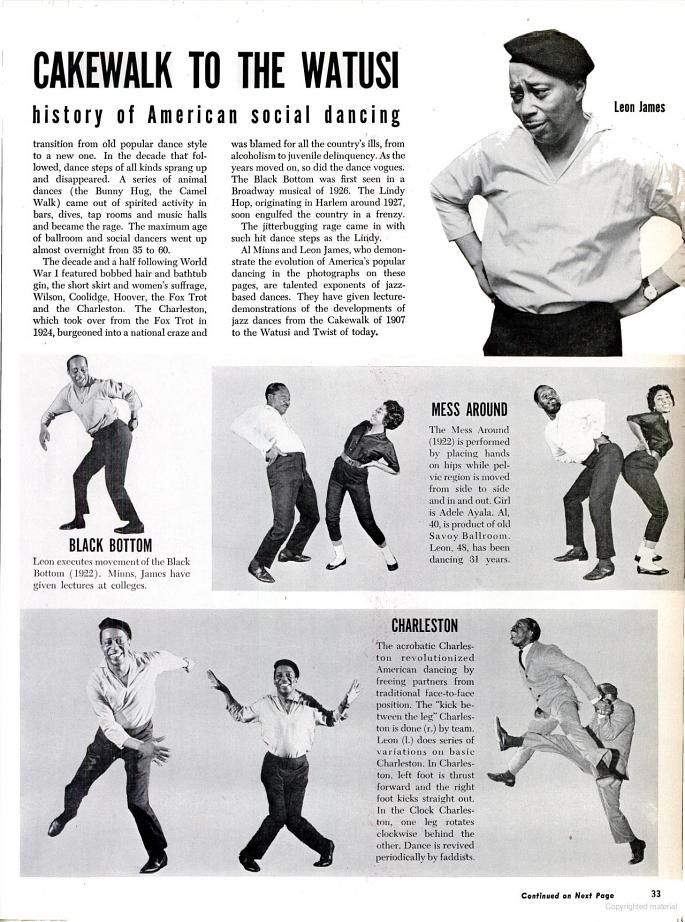 If you keep them in a place with no ventilation, the sweat will not leave. Moisture and darkness are the pefect conditions for smell-causing bacteria to grow and multiply. You don’t want this to happen. That’s why, let your shoes air out as soon as you take them off. If from the dance club to your house is a long way to go, don’t put your shoes in a regular bag. Choose instead a bag with netting to allow air circulate in and out the shoes, drying them out.
If you keep them in a place with no ventilation, the sweat will not leave. Moisture and darkness are the pefect conditions for smell-causing bacteria to grow and multiply. You don’t want this to happen. That’s why, let your shoes air out as soon as you take them off. If from the dance club to your house is a long way to go, don’t put your shoes in a regular bag. Choose instead a bag with netting to allow air circulate in and out the shoes, drying them out.
2. Use baking soda
If your feet are prone to intense sweating or your training session lasts for a couple of hours, ask baking soda for help. Sprinkle some of it inside the shoes before you start dancing. Baking soda has the unique property of absorbing moisture, so your shoes will stay dry during your entire performance. Besides prevention, baking soda is also good at odor removal.
3. Freeze the stinky shoes
Freezing your smelly jazz shoes is another way of eliminating odors. The point is that bacteria can’t stand extremely low temperatures and they die.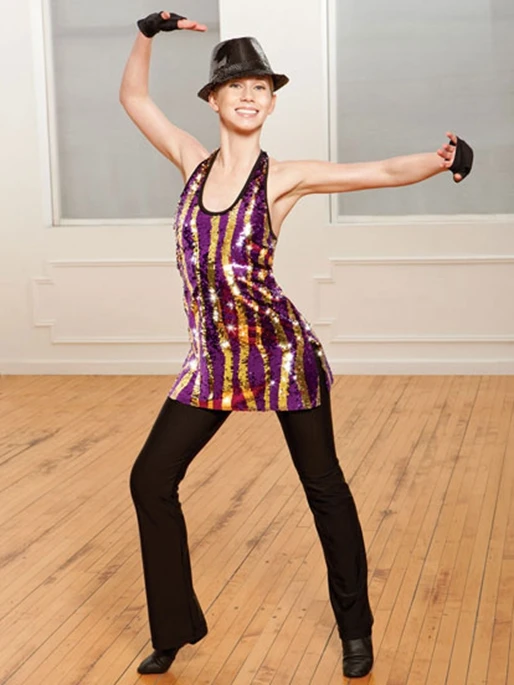 BellaDivaDance advises you to put the shoes in a Ziplog bag and leave them in the freezer overnight.
BellaDivaDance advises you to put the shoes in a Ziplog bag and leave them in the freezer overnight.
Bottom line
Hopefully, the content above comes with a clear answer to your question “can you wash jazz shoes?”. Not being able to clean your leather ballet shoes with water is not the end of the world. There are many other methods that help you bring your footwear to spotless and good-smelling condition.
Categories PERSON
WashLot.com is a participant in the Amazon Services LLC Associates Program, an affiliate advertising program
designed to provide a means for sites to earn advertising fees by advertising and linking to Amazon.com.
Copyright © Wash Lot All Rights Reserved Privacy Policy
All about jazz shoes | Useful information from the company Quadrille
“Jazz shoes” - what is it?
This is one of the names for jazz shoes. These shoes are primarily used for dancing to jazz music.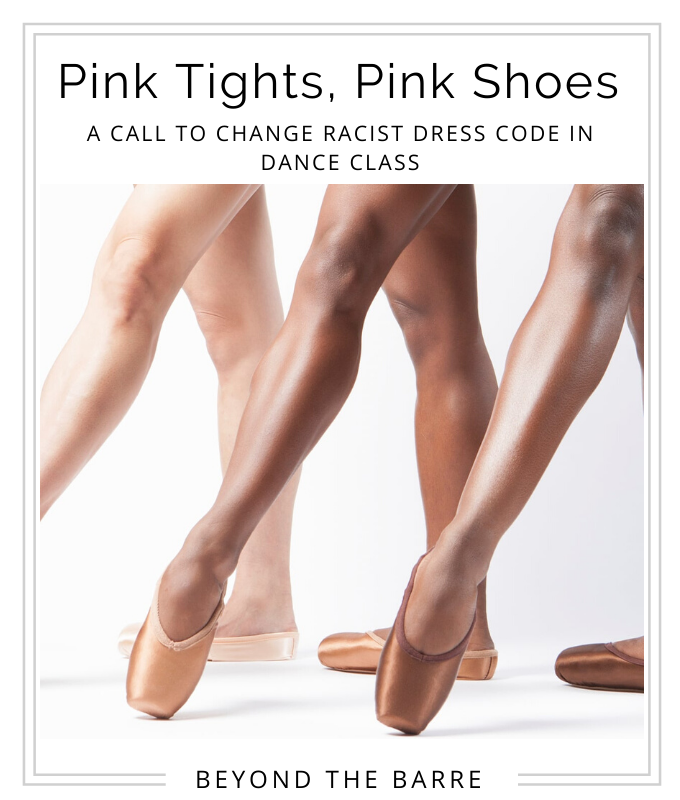 However, they are also used in other dance styles.
However, they are also used in other dance styles.
Jazz dance? Like this?
When we hear about jazz dance, a picture immediately comes to mind: dances to melodic jazz improvisation. In fact, jazz music and jazz dance have a lot in common. However, dancing in the style of jazz is not at all necessary to classical compositions. Music suits the most different - from classics to the latest musical hits. This explains the large number of directions of this dance. And there are more than 10 types of it.
How to choose jazz shoes?
Classic leather jazz shoes are considered to be the best. Indeed, they have a great appearance, they look solid. However, in practice, it all comes down to functionality and convenience. Choosing leather jazz shoes, you can be sure that they will serve you for a long time. However, such a pair will cost an order of magnitude more expensive than the one that will be made of textiles. But textile shoes will also have their advantages. Textiles do not shine as much as well-finished leather. A pair of textiles will dry out much faster between sessions.
Textiles do not shine as much as well-finished leather. A pair of textiles will dry out much faster between sessions.
Pair size - how to choose?
To choose a pair for your size - you just need to know the size of the usual shoes that you wear all the time. The pair is worn on the leg, the laces are tied. Get up and walk in a new pair. Creases should not appear. When driving, you should be comfortable and comfortable. Then you need to check if there is free space in the toe area? If there is - the size is not yours, the pair will be great.
When boots make you feel uncomfortable while walking, then this option is not for you either. Jazz shoes should be comfortable. It is important to make sure that the pair is the right size for you. It is better to choose a size for a long time and be sure that this is the right choice than to rush. This will avoid problems during operation. Such shoes are not bought for growth. But you shouldn’t take it too, so that at the most inopportune moment it doesn’t let you down.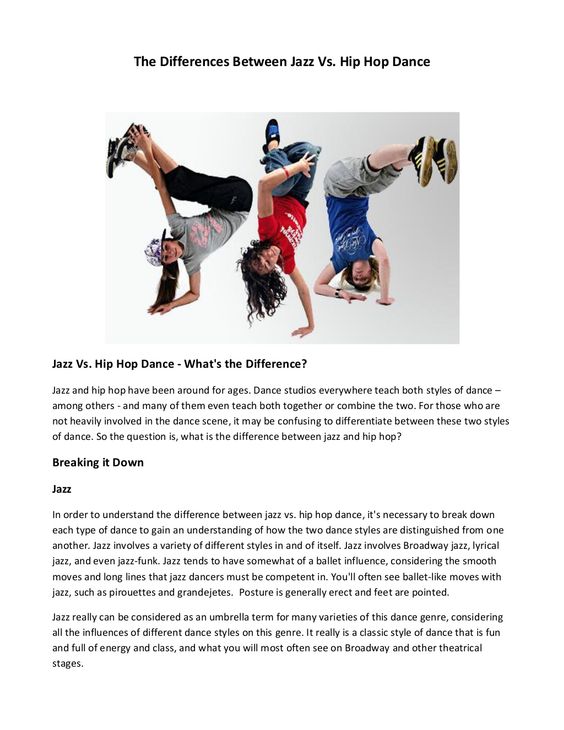 The correct choice of size will avoid a large number of troubles that are associated with foot problems.
The correct choice of size will avoid a large number of troubles that are associated with foot problems.
How to buy jazz boots for a child to grow into?
Believe me, you shouldn't do this. A pair must be bought only according to the size of the foot. When the foot moves excessively in boots, it can cause injury or damage to the foot. And if the leg is constantly injured, there will definitely not be pleasure from dancing.
Why do jazz boots wear out fast enough?
The materials used in the manufacture are very simple. It is either high quality fabric or durable leather. However, no matter how good the materials are, wear will directly depend on the amount and intensity of your workouts. Also, the type of coverage on which jazz shoes are used plays an important role. Usually in dance halls such coverings as linoleum, wooden parquet, or varnished floor are used. It is very important to know that dance shoes are not intended to be worn over other types of flooring.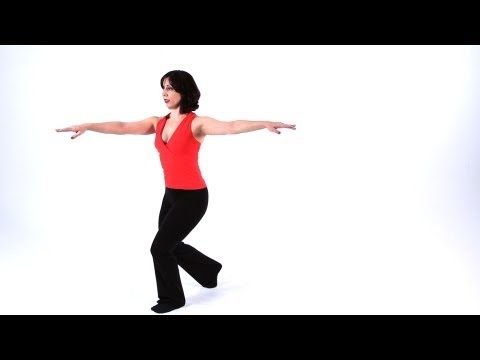 It should not be worn outdoors, as the sole is made in such a way as to provide the necessary grip on the surface on which the dancer performs.
It should not be worn outdoors, as the sole is made in such a way as to provide the necessary grip on the surface on which the dancer performs.
The wear of jazz shoes is also affected by the weight of the dancer's body, sudden stops during the dance, the speed with which the dancer moves, the number of rotations and many other factors.
How to care for jazz shoes?
These shoes should only be used for their intended purpose. It cannot be used outside of dance surfaces (walking on the street, asphalt, concrete, puddles).
Shoes will be damp after training and should not be stored in plastic bags. It is best to store the pair in its original box, or in a cardboard box with holes for ventilation. Drying must be done after each use. For drying, the use of heaters or direct sunlight will be very harmful. Shoes will quickly lose their beautiful appearance and become faded. Cracks may appear. It is best to use natural forms of drying - just leave the steam in the hallway, it will dry itself. To keep the shape, you can put special pads inside, or a newspaper. So it will be less deformed. Washing in a washing machine is not allowed. If the shoes are dirty, you can use soapy water and a brush to clean the dirty places.
To keep the shape, you can put special pads inside, or a newspaper. So it will be less deformed. Washing in a washing machine is not allowed. If the shoes are dirty, you can use soapy water and a brush to clean the dirty places.
Maintenance of satin dance shoes - Dance Magic
- Details
- Posted on 04/30/2013 00:53
Shoes made of satin, with all their external attractiveness, have such a drawback as capriciousness. It requires regular cleaning and the use of special tools. Some shoe polish brands have special formulations for satin shoes. It is these compositions that must be used so as not to disturb the aesthetic appearance of the dancing couple.
Visiting a dance shoe store, one can get confused among the variety of different models. Some buyers may be attracted to beautiful shiny satin ballroom dancing shoes. These shoes will look great while performing various numbers. However, they can lose their aesthetic appearance very quickly without proper care.
Satin is a shiny and multi-coloured fabric that immediately grabs attention. But it is so exacting to care that many professionals refuse to use it during responsible numbers. Cleaning such shoes is fundamentally different from caring for a suede or leather pair.
The easiest way to get your shoes clean and beautiful again is to have them professionally cleaned. Many dance clubs and organizations have such a service. But this approach may seem too tedious. First, you will have to pay regularly for it. Secondly, not every person wants to leave shoes unattended. Therefore, it is wiser to make shoes at home. At the same time, you can learn some techniques for cleaning the surface of a pair from various stains.
To keep your satin ballroom shoes looking great, you should never use hard brushes, otherwise nasty pellets may form on the surface, which will spoil its appearance. To work with such surfaces, it is better to purchase special formulations and care products.